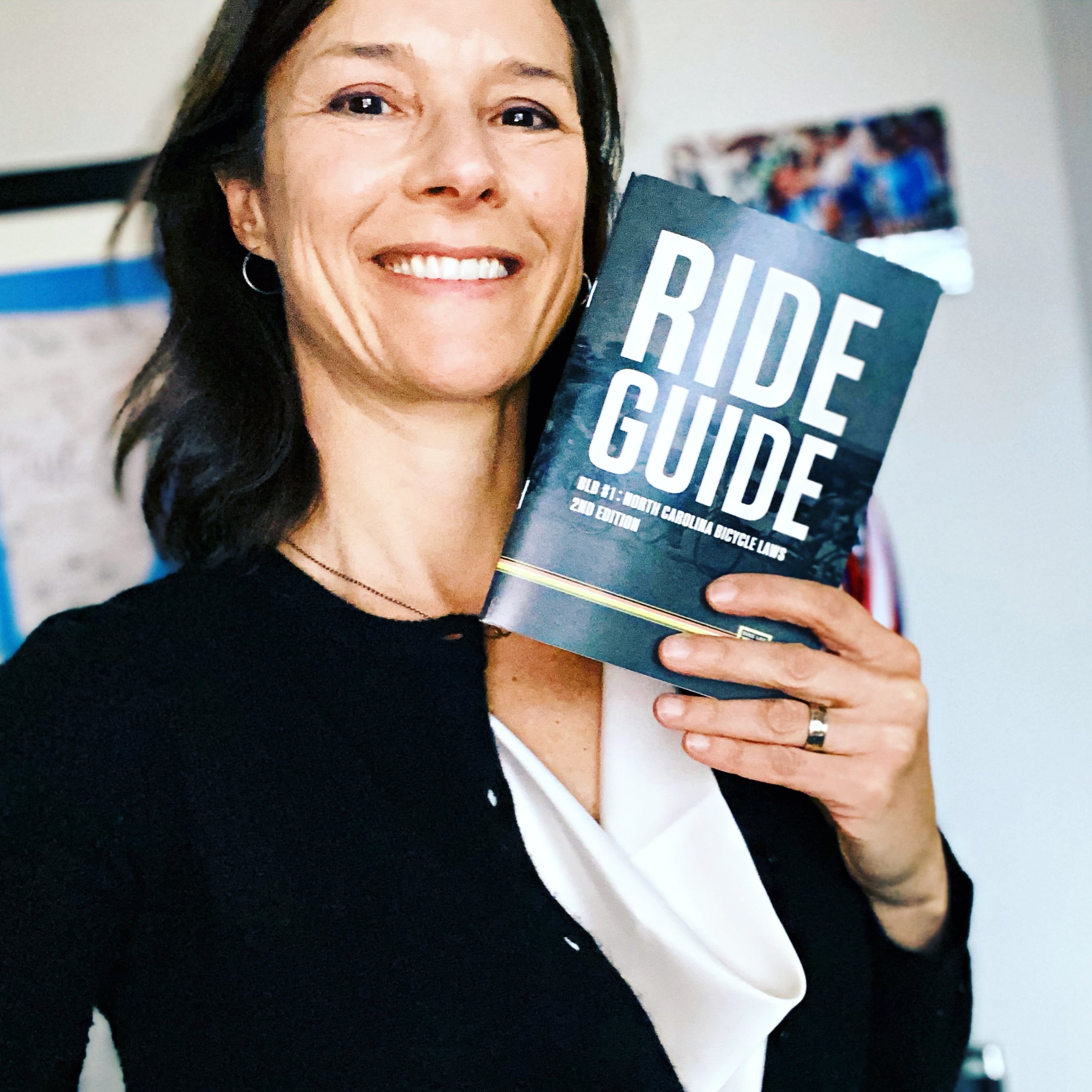It took losing at trial and a long appellate process, but it ended in a blow to contributory negligence in North Carolina. We just won an appeal on a bicycle crash case that happened in 2016 and came to us in 2018. The case went to trial during the spring of 2021. Our client was riding her bicycle straight through a greenlight when she was hit by an oncoming car turning left in the intersection. We lost the trial because the jury found our client contributorily negligent. We immediately appealed.
On April 19, 2022, we won the appeal. It is still left to be determined the value of the damages our client suffered, so there is potentially another jury trial to come on that issue.
Contributory Negligence
The issue on appeal will be no surprise to those familiar with my rantings about North Carolina law: contributory negligence. If you’re new to this forum, contributory negligence (aka “pure contributory negligence” or “contrib”) is a legal doctrine in only four states: NC, VA, MD and AL (all Bike Law states). If an injured person brings a case against someone else for their injuries, a judge or jury must decide if the injured person “contributed to his or her own injury.”
A jury would have to answer this question in any case, in any state. What is different about North Carolina is that if the answer is “Yes,” then that is the end of the story and the injured person gets nothing. In other states, if the injured person is 1% at fault, then they get 99% of their damages; a much more fair result.
Contributory Negligence is Unfair to Cyclists
Why is contributory negligence so bad for bicyclists? We have tried dozens of cases, and conducted even more focus groups, in bicycle cases. Almost universally, non-bicyclist lay people (and even some bicyclists) believe that someone riding a bicycle must have some fault in a crash, even if they are following all the rules and being careful. It takes a lot (including an experienced bicycle attorney) to overcome contributory negligence and it makes resolving cases early, and for reasonable amounts, much harder than it should be. Jury trials are, likewise, riskier than they should be.
The Klapp Case
The story in this case went like this: the bicyclist, Julie Klapp, was out for her regularly early morning bike ride. Like many of us in the Charlotte area, she rode early to avoid heavy traffic. She had all the lighting required by law and had researched lighting choices to make sure she found something that made her suitably visible to motorists on the road at that time of the morning.
Near the end of her ride, Julie approached a traffic light. The light was red as she rode up the hill toward it. She prepared to slow down and unclip. As she got closer to the light, it turned green and she began to pedal again. When she got to the intersection, she saw a driver preparing to turn left. The driver had his signal on and was waiting in the intersection. Watching the driver, Julie continued to move forward. Once Julie was already in the intersection, the driver suddenly made the turn and broadsided Julie. He hit the left side of her body, injuring her.
Defense Use (Misuse) of Contributory Negligence
What was the contributory negligence defense? That she saw the defendant in the intersection, waiting to turn, and shouldn’t have proceeded. Imagine what that would look like, if everyone on the road stopped before an intersection where a driver was positioned to turn left. It would be chaos! When on the road, bicyclists are supposed to follow the rules of the road; it is the law and it makes sense. Julie did just that.
Attorney Helen Baddour tried this case for our firm. At every step of the way, Helen tried, unsuccessfully, to get the judge to intervene in striking the defense’s contributory negligence defense. But we still thought that there was no way the jury would find that Julie contributed to the crash.
Unfortunately, they did. Although they found the driver at fault, because they also found Julie at fault, the discussion ended there and the verdict was $0. The jury is not required to assign a particular percentage to fault, so we don’t know whether that was discussed or not.
Our Victory Over Contributory Negligence
The decision to appeal was easy, and almost a year later, we had our decision: the Judge should not have given the jury the option to consider contributory negligence. The judge has gate keeping duties requiring him to weed out meritless defenses. The defense is required to show “more than a scintilla of evidence” of contributory negligence and, in this case, the defense did not meet that standard.
This is certainly not the end to contributory negligence, but a line has been drawn. The ruling in this case is similar to a 2016 ruling in a case called Daisey v. Yost, except that this case involved a bicyclist and car driver, instead of two car drivers.
We now have another tool in our arsenal of weapons to fight for justice for cyclists in North Carolina.

North Carolina lawyer and Bike Law founder, Ann Groninger, has advocated at the state level on behalf of bicyclists in North Carolina for over 15 years. Ann has offices in Charlotte and Durham and has helped bike accident clients in Asheville, Raleigh, Durham, Greenville, Wilmington, Fayetteville, and throughout the state. Read more about Ann on her bio page.











